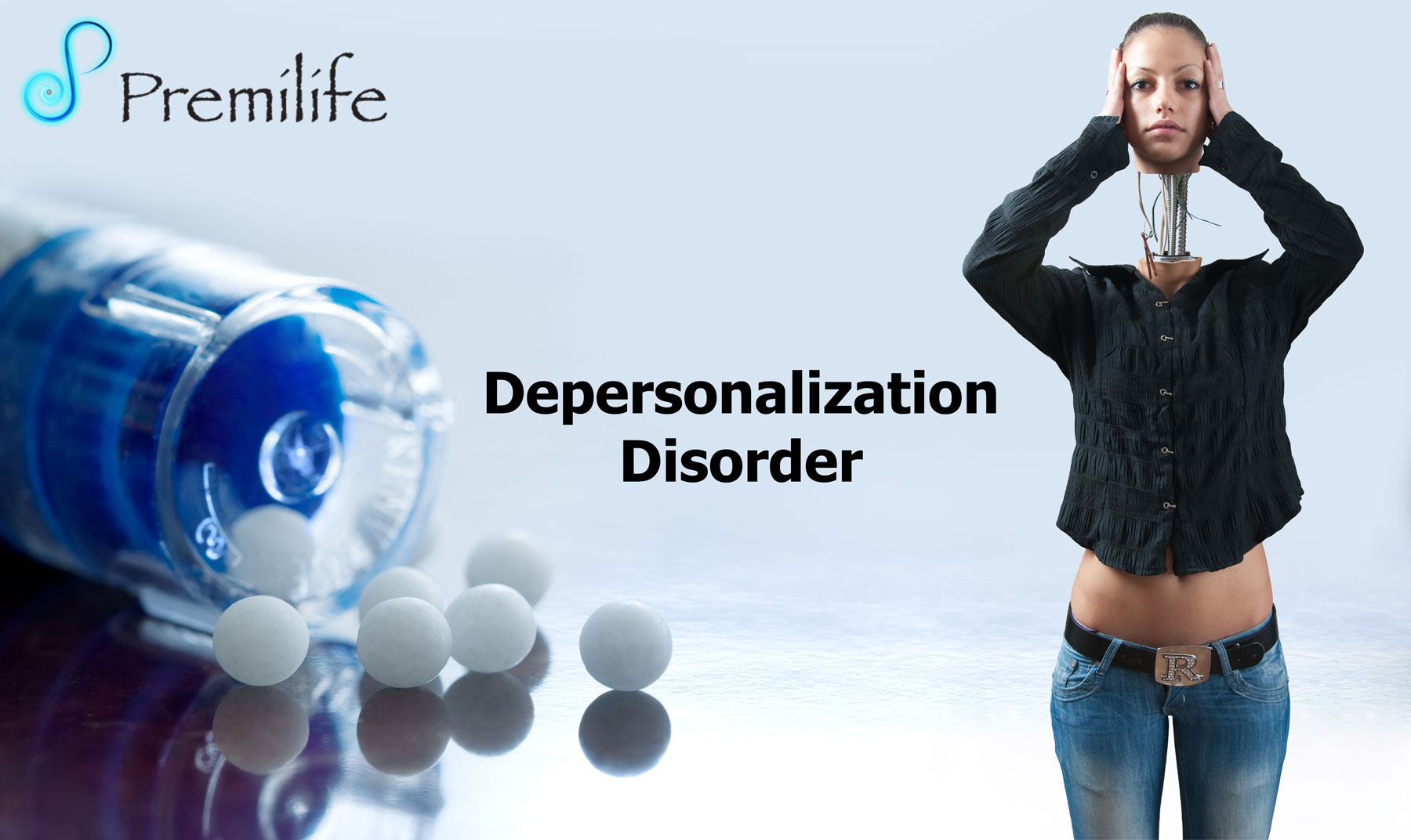
For example, someone who was victimized in a closet may have an intense aversion towards opening closets or being inside them without remembering why.ĭissociative amnesia is usually diagnosed after trauma, in cases where gaps in memory or amnesia cannot be explained by another potential cause (such as brain trauma, intoxication, or the intake of certain memory-affecting substances (including surgical anesthetics).

However, such information would often still be subconsciously affecting one’s behavior and decision-making. Dissociative Amnesia (DA)ĭissociative amnesia (DA) is a more common form of dissociation and may involve blocking out information that would otherwise be consciously available after a traumatic event. Another major symptom is gaps in memory, far more than regular forgetfulness. While dissociative disorders may be more common than we suspect, rates for DID remain around 1 percent. The overwhelming majority of people diagnosed with DID have experienced overpowering and often recurring trauma, usually before age 6. Instead, they may each have their own set of memories. Sometimes, these personalities are not necessarily human. However, in DID cases, a teen is not actually inhabited by multiple persons or “alters” but has instead constructed different personalities to cope with their past.

These are not just different behaviors but give the impression of being several distinct people. In cases of dissociative identity disorder (DID), previously known as multiple personality disorder (MPD), a teen will switch between two or more enduring personalities. Types of Teen Dissociative Disordersĭissociative disorders are split into three different diagnoses: Dissociative Identity Disorder (DID) Still, they may appear completely changed after a traumatic event, to the point that they seem like a different person, either due to the coping behaviors they’ve adopted or due to lapses and holes in their memory. Teens struggling with a dissociative disorder aren’t just aloof. For example, many of us may have daydreamed at some point, gotten lost in our thoughts, or experienced a form of “highway hypnosis.” However, dissociative disorders describe behavior and symptoms that are much more severe.ĭissociative disorders are pervasive across settings and disrupt nearly every aspect of life. In a sense, mild dissociation is a common occurrence, one most people experience. What Is a Dissociative Disorder?ĭissociative disorders are a class of conditions defined as problems with the following: One study on teens seeking help at an outpatient psychiatric facility estimated that as many as 45 percent were struggling with a dissociative disorder of some form.

According to data pulled from several countries, dissociative disorders are estimated to affect about 1 to 5 percent of the general population. Unfortunately, the overwhelming majority of people with a dissociative disorder have an additional psychiatric diagnosis, from depression or anxiety to substance abuse. Dissociation in a clinical sense can take on many different forms – but it is best described as a state of mind that allows a person to break away from the past and present and become separated from their pain. Dissociative disorders are characterized by a disconnection from reality following a traumatic experience. Dissociative disorders have a relatively high prevalence yet are also easily one of the most misunderstood psychiatric conditions in the general public’s eyes.


 0 kommentar(er)
0 kommentar(er)
